HOW TO ATTRACT GOOD INSECTS TO YOUR GARDEN
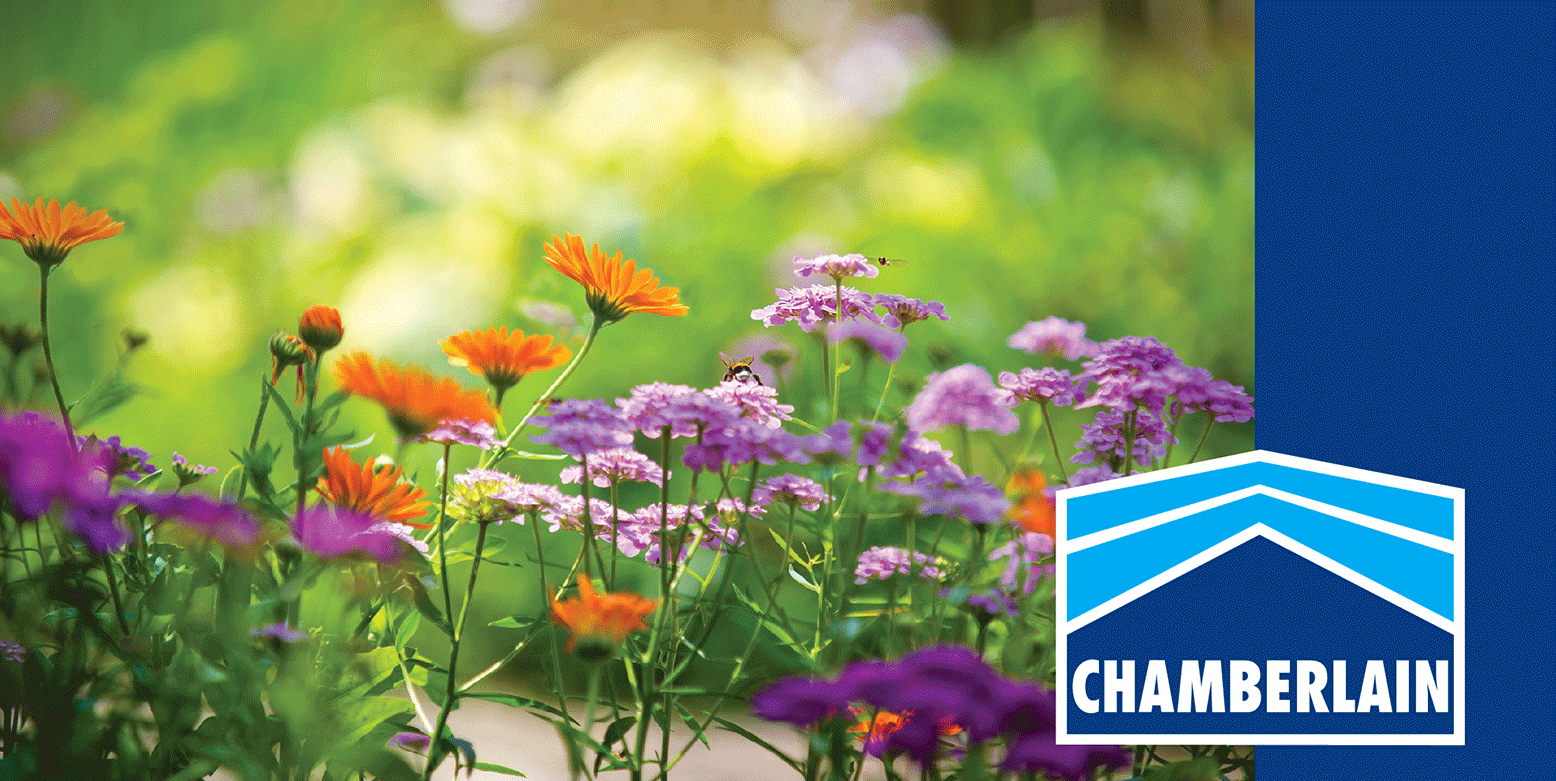

One of the best ways to control pests in your garden is to encourage their natural enemies. Planting pollen and nectar plants is an easy way to increase the ecological diversity of your garden. We’ve listed the most common local beneficial insects along with tips on attracting them to your garden.
Attracting beneficial insects into your garden starts from the ground up. The health of your garden soil works like a chain reaction that affects your whole garden environment. Whatever you add to your garden or lawn, you are at the same time feeding the millions of micro-organisms that create healthy soil. By adding compost and only organic components to the soil you encourage earthworms to move in. They in turn aerate and feed the soil, which helps your garden grow.
Healthy soil equals healthy plants, which contribute to less pests and disease. When you use synthetic chemicals, pesticides and fertilisers you risk destroying the eco-balance of your garden; a garden that is overrun with problem bugs is a garden out of balance. To bring it back into harmony will require attracting more beneficial insects that will eat these undesirable bugs.
To keep an army of good bugs working in your yard, it is best to completely eliminate the use of pesticides. This also means using only organic and eco-friendly products.
So which bugs are beneficial in your garden? We’ve listed six common insects that can minimise pests the natural way.
To attract these, and many other species of beneficial insects, you will want to provide essential nectar and pollen. A more diverse range of plants and flowers will support a wider range of bugs. A variety of plants that will bloom at different times throughout the year. These plants will develop the essential habitat required for beneficial insects to thrive.
BENEFICIAL BUGS
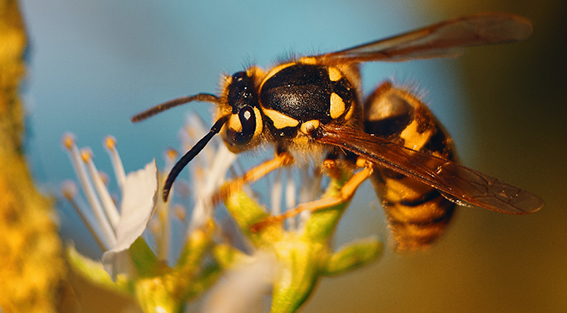

Paracytic Wasps
Fortunately, these are not the stinging wasps! These wasps feed on pollens and nectar, like ladybugs. Once they have found a home in your garden, they will begin to eat almost anything in the grub/worm family. These particular wasps thrive in gardens that are well-watered with moist soils.
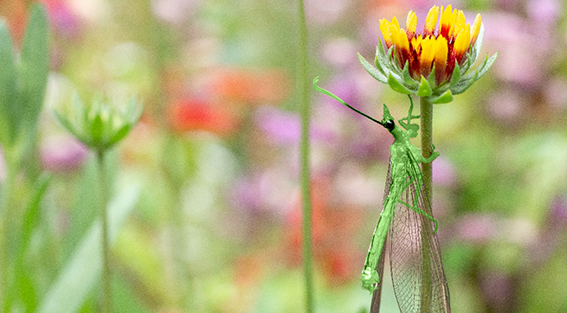

Green Lacewings
These winged bugs were initially native to Australia. They are now found worldwide commonly used in gardens to ward off caterpillars and white flies. Green lacewings eat eggs and aphids.
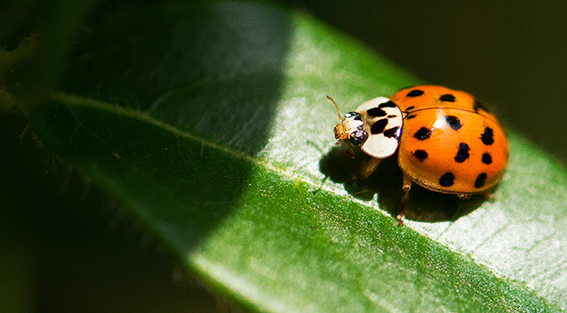

Ladybugs
These familiar beetles work overtime to clear your garden of unwelcome guests. Harmless to humans, ladybugs will feast on aphids. They also lay their eggs directly onto aphid colonies, feeding on these leaf eaters three weeks before they hatch. Ladybugs also eats small mites and leafhoppers.
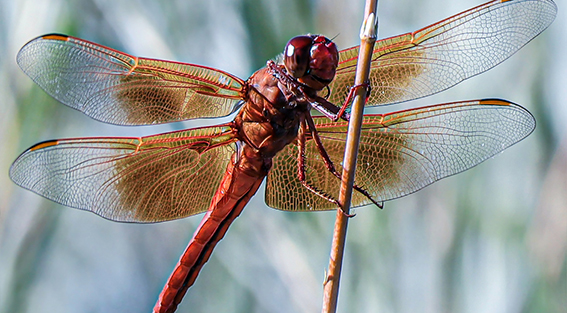

Dragonflies
They generally gravitate to tall reedy plants, weaving in between them to catch prey. Dragonflies eat mosquitoes and any pesticide used to eliminate mosquitoes will also kill off dragonflies. So, after spotting dragonflies and understanding their diet, sprays for mosquitoes can be eliminated.
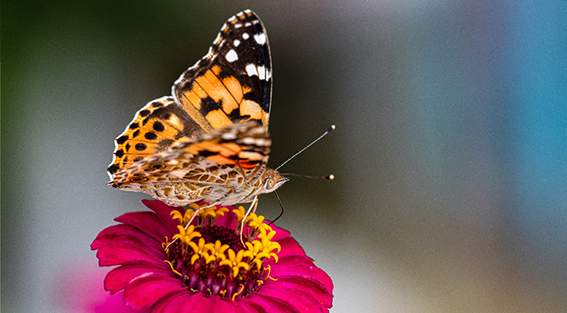

Painted lady butterfly
Brightly coloured butterflies are a welcome addition to your garden, not only because of their beauty, but also because they pollinate flowers. Painted lady caterpillars eat thistle, an invasive weed.
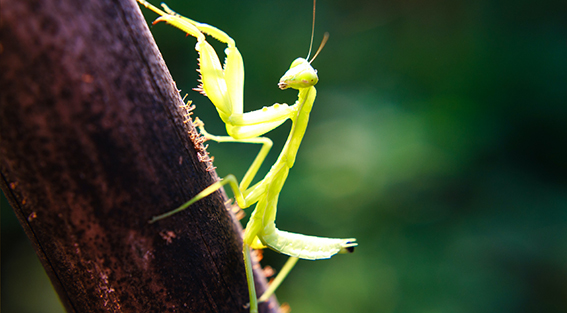

Praying Mantis
One of the larger species, these creatures are just as interesting to have in a garden as they are helpful. After they have hatched, they will dine on large beetles, fruit flies, moths and crickets. They require a certain degree of humidity and are hard to spot, as they tend to avoid direct sunlight.

